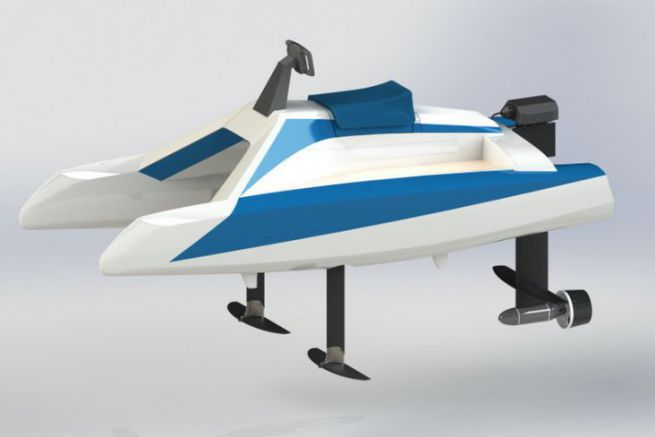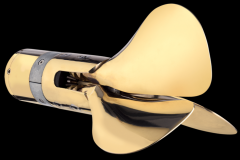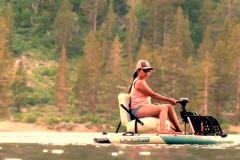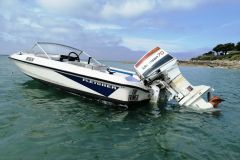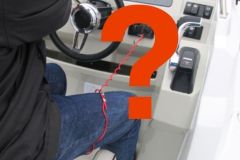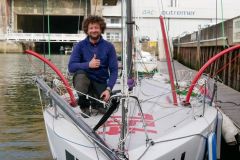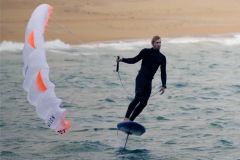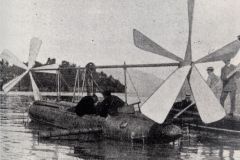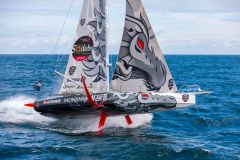Based in Occitania (Montpellier), Neocean is working to develop the boat of tomorrow. To be in line with the current logic of the boat having a minimum impact on the environment, this design office naturally focused on the solution of foils with electric propulsion. Néocean is a team of enthusiasts, composed of professors from the University of Montpellier who are experts in mechanics, robotics, electric motorization and engineers and technicians from the company: electronics engineers, naval architects, developers..
Today, the first version of the electric scooter is ready. This beach gear is available for sale. It combines an electric motor that propels a propeller and controlled foils to manage the flight height, the seat of the boat (trim) according to the weight on board.
This is Neocean's strength: its computer capable of automatically controlling this type of machine. Moreover, the company has not been mistaken and is already offering its solution to nautical partners. The Overboat, this electric sea scooter, is actually a demonstrator.
The solution chosen to fly consists of 2 T-shaped foils at the front, whose load-bearing planes pivot entirely, but independently (independence between port and starboard) in order to be able to restore movement on the scooter (if a yachtsman bends over, for example). In addition, this dissociation of the 2 foils is also useful to give the machine an angle during turns. At the rear there is a single T-bearing plane also equipped with 2 independent flaps like those on an aircraft's wings. All the piloting is automatic. It is the intelligence of the machine that manages the flight. The pilot is only responsible for direction and speed.
The whole concept is based on a very light hull (100 kg) in order to limit the useful power to propel it. Thus the electric motor is less than 4.5 Kw, not requiring a permit to use it. Thus motorized, it takes off at about 8 knots and has an autonomy of 2 hours at a cruising speed of 11 knots (maximum speed 15 knots).
This product is intended for beachside rental (the foils retract to reach the shore) and will be marketed at 33,500 euros including VAT. But it is above all the on-board artificial intelligence system that interests the various shipyards. To be continued..
